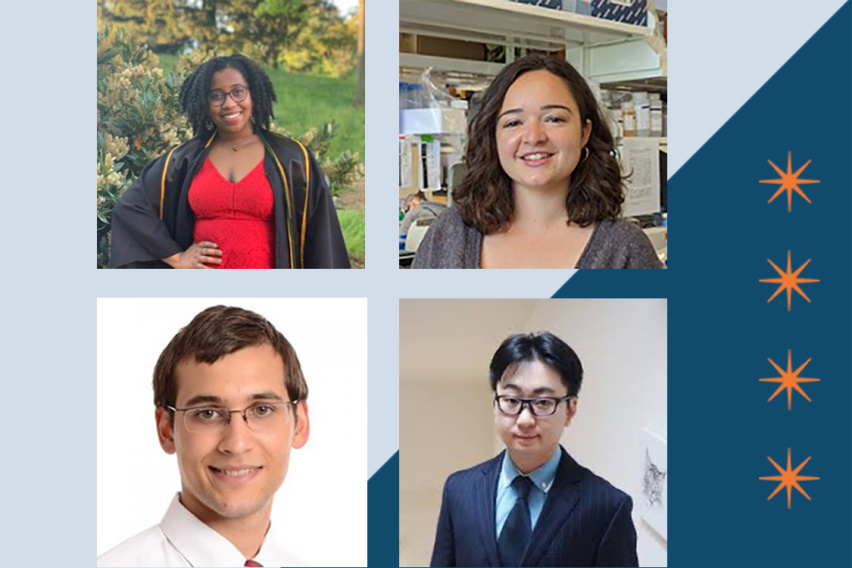MIT News
February 2, 2023
Checkpoint inhibitors are effective against some types of cancers, working by stimulating exhausted T cells to attack tumors once again. But for lung cancer, this type of immunotherapy has shown mixed results. In a study of mice, the Spranger Lab traced the immune response to lung cancer back to the environment created by microbiota that naturally inhabit the lungs.
Ideally, “killer” T cells are activated in lymph nodes, where they interact with dendritic cells bearing tumor-derived antigens. The team found that while this encounter still took place in lymph nodes near the lungs, the outcome was different than in lymph nodes elsewhere in the body. Regulatory T cells—called into action by interferon gamma produced in response to commensal microbes in the lungs—prevented dendritic cells from activating killer T cells. The study, appearing in Immunity, was supported in part by the Koch Institute Frontier Research Program through the Casey and Family Foundation Cancer Research Fund.
